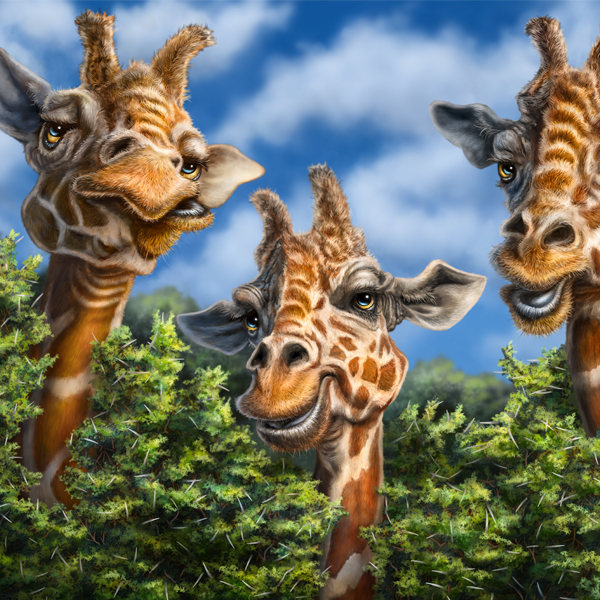
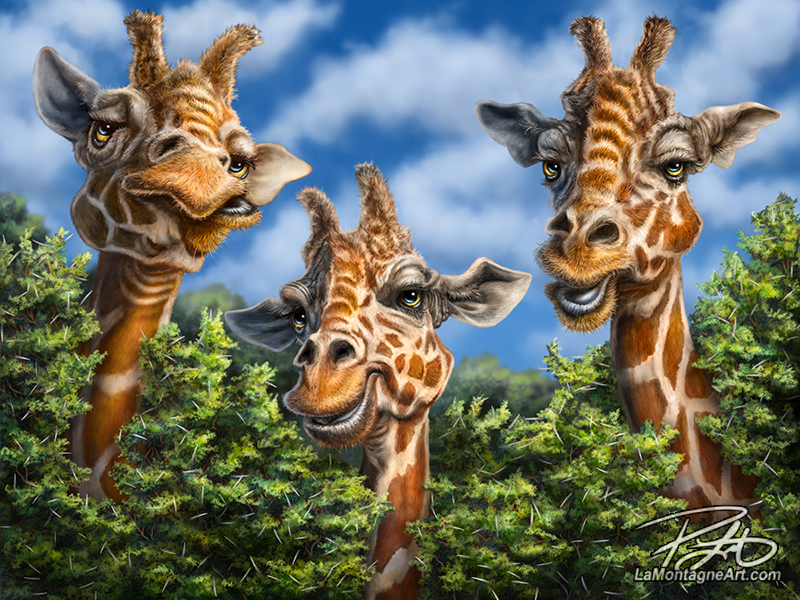 While labour-intensive, this painting wasn’t especially difficult. There weren’t any parts of it where I worried I might not have the necessary skills. That comes from experience, the feeling that “it’ll take a while, but I got this.”
While labour-intensive, this painting wasn’t especially difficult. There weren’t any parts of it where I worried I might not have the necessary skills. That comes from experience, the feeling that “it’ll take a while, but I got this.”
I wanted the piece to be bright and colourful, with plenty of detail throughout. I planned it to work well for a print and several other products, but I was also thinking about puzzles and diamond art kits.
I’m a commercial artist; this is how I make my living. So, creating a new piece can’t just be about painting for my enjoyment. It’s both a creative and financial investment; that’s the deal you make when a hobby becomes a job.
People often ask how long it takes to me complete a painting. I don’t paint an image in one sitting; it’s usually over a couple of weeks, two or three hours here and there. At the same time, I’m also drawing daily editorial cartoons, writing, answering emails and phone calls while working on marketing, bookkeeping, and managing the self-employment minutia.
So, I usually ballpark it and say it takes ten to twenty hours to complete a painting, depending on the subject. That doesn’t include my time taking reference photos. This piece, however, took a lot longer, and I can’t even begin to guess, because one morning, I painted leaves for three hours.
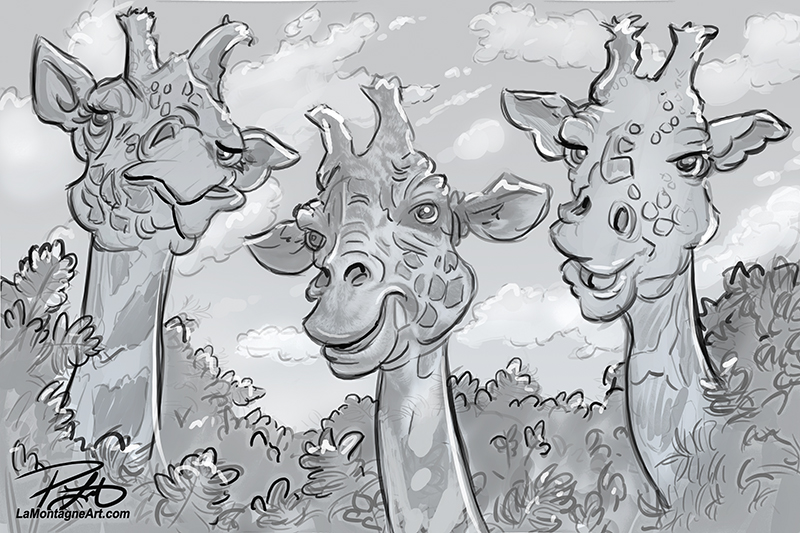 I began the project with several sketches and refined those into this mockup.
I began the project with several sketches and refined those into this mockup.
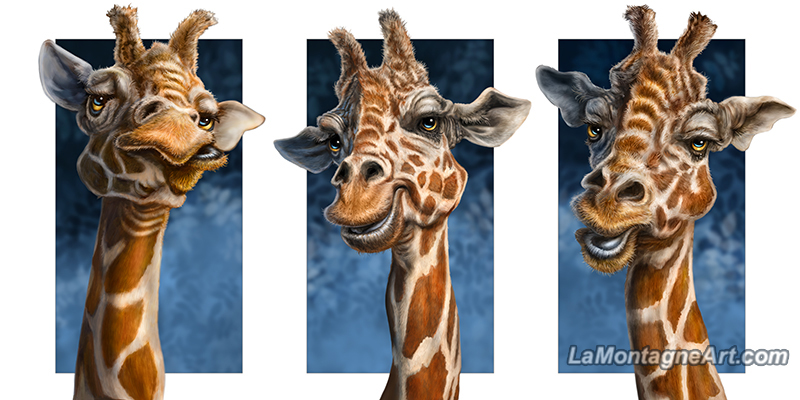 Then I painted the individual giraffes, creating three expressions different enough to be their own characters, but I still had to match the colours, light and shadow so they belonged together in the scene. Each giraffe could have been a single painting.
Then I painted the individual giraffes, creating three expressions different enough to be their own characters, but I still had to match the colours, light and shadow so they belonged together in the scene. Each giraffe could have been a single painting.
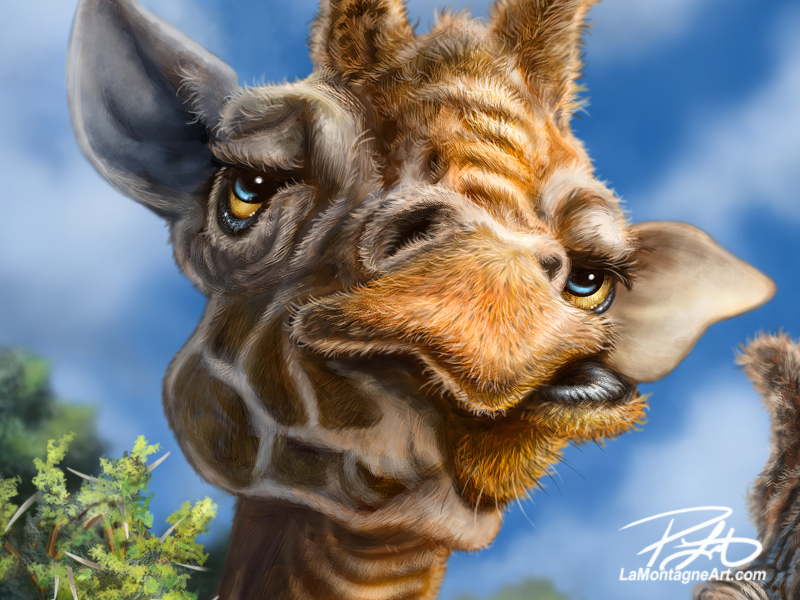 Painting the environment was the most challenging part. I could have gone with generic-looking green deciduous leaves, and most people wouldn’t have cared. Even though my style of art is whimsical, and I take liberties with exaggeration and expression, I still try for accuracy in the anatomy and environment.
Painting the environment was the most challenging part. I could have gone with generic-looking green deciduous leaves, and most people wouldn’t have cared. Even though my style of art is whimsical, and I take liberties with exaggeration and expression, I still try for accuracy in the anatomy and environment.
Just as I had looked up the appropriate trees and foliage for my recent sloth painting, I wanted to do the same for these funny-looking giraffes. It seems they’ll vary their diet when needed, but giraffes prefer acacia trees when dining out on the savannah.
And wouldn’t you know it, in addition to their distinctive overall look, one of the most prominent features of an acacia tree is sharp spiky thorns. I included less of them in my piece than are visible on some acacia trees as I wanted them to accent the leaves rather than overpower them.
WARNING: Here’s a little tech art nerd stuff for the digital artists in the crowd.
I used to love to create brushes in Photoshop. I’d spend hours experimenting, tweaking, and adjusting brush shapes and options until I got the behaviour I was after. I’ve got brushes for sketching, inking, blocking, hair, texture, rocks, grass, skin, clouds, and more. Most of the brushes I use daily aren’t complicated because it’s not the brush that does the work; it’s the person using it.
It’s no different than a traditional painter, woodworker, sculptor or other skilled creative. They all need good tools to allow them to create their best work.
The hair brushes I use today are ones I designed several years ago. What varies is how I use them, depending on the critter I’m painting. But because I’ve perfected the ones I use most and rarely need to change them, I seldom design brushes anymore.
For this painting, however, I wanted to design three new brushes for the foliage. I created one for the branches and painted those in as a base. Then I designed several variations of acacia leaves and experimented with the brush settings to get the desired results. I realized quickly, however, that I only needed one and used that for most of the painting, adjusting the size as required.
Finally, I created a thorn brush. I set it for random rotation and spacing and erased single thorns as needed if they didn’t look right.
In the image below, the top row shows the brush design for each, the bottom row shows how the settings allow me to use it.
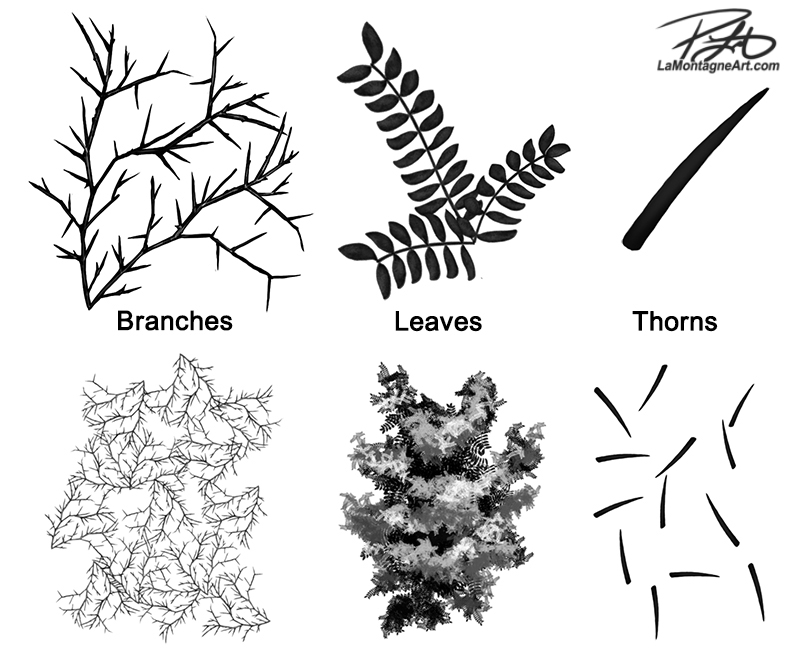 I don’t use any colour dynamics in my brushes. I prefer to pick and choose colour while painting, sampling from adjacent colours to get a better blend.
I don’t use any colour dynamics in my brushes. I prefer to pick and choose colour while painting, sampling from adjacent colours to get a better blend.
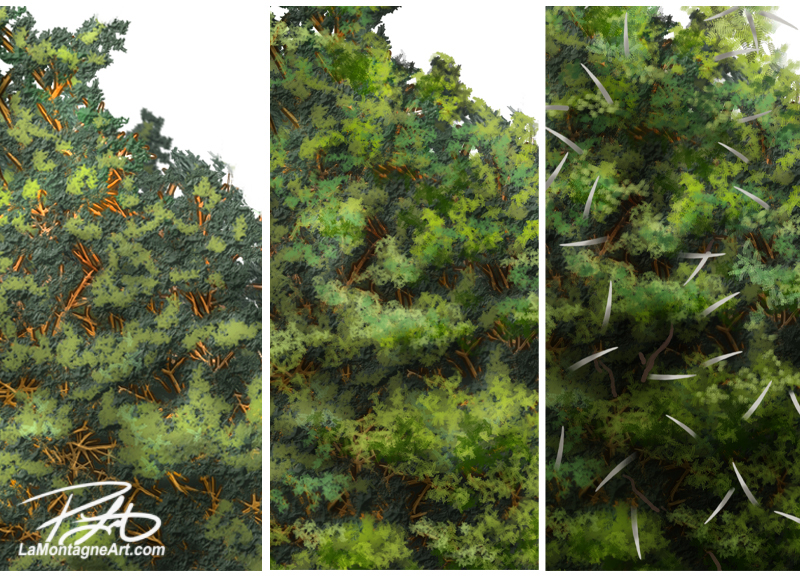 These new brushes allowed me to create a solid foundation, but it looked flat and lifeless until I spent several hours painting light, shadow, and detail to achieve the finished result.
These new brushes allowed me to create a solid foundation, but it looked flat and lifeless until I spent several hours painting light, shadow, and detail to achieve the finished result.
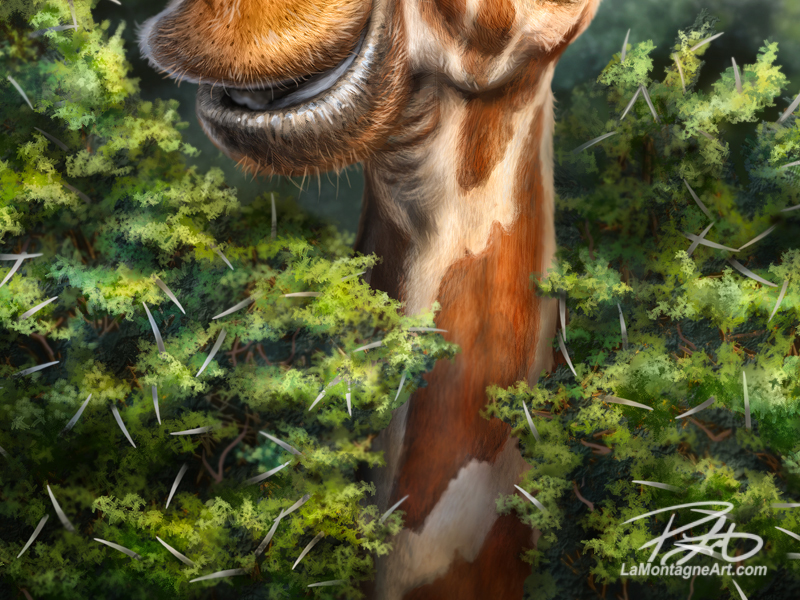 New digital artists often get obsessed with buying brush packs, thinking that’s all they need to achieve the same look as more experienced artists. But professional tools won’t provide a shortcut past the years of work it takes to become good at anything.
New digital artists often get obsessed with buying brush packs, thinking that’s all they need to achieve the same look as more experienced artists. But professional tools won’t provide a shortcut past the years of work it takes to become good at anything.
That’s like thinking you’re ready for a National Geographic assignment just because you bought an expensive camera.
I decline to share my brushes and advise people to learn to make their own. The best way to learn how to use them is to learn to design them. I had forgotten how much I used to enjoy that until I created new ones for this painting.
Because this painting took so much longer than most others I’ve done, more than once I felt like I was running behind and not working fast enough. It was hard to slow down and accept there was no rush.
I blame the daily editorial cartoon deadlines for that state of mind. I can never take too long on a cartoon, or I miss the opportunity to have it published, which means I don’t get paid. Depending on the popularity of each image on prints and licensed products, the payment for a painting often spans several years, and it’s easy to forget that. I always feel that I need to get it done so I can start on the next one.
But I’m pleased with this finished piece and glad I spent so much time on it. It feels like a step forward in my work, and I want to invest more time in painting more involved pieces like this one.
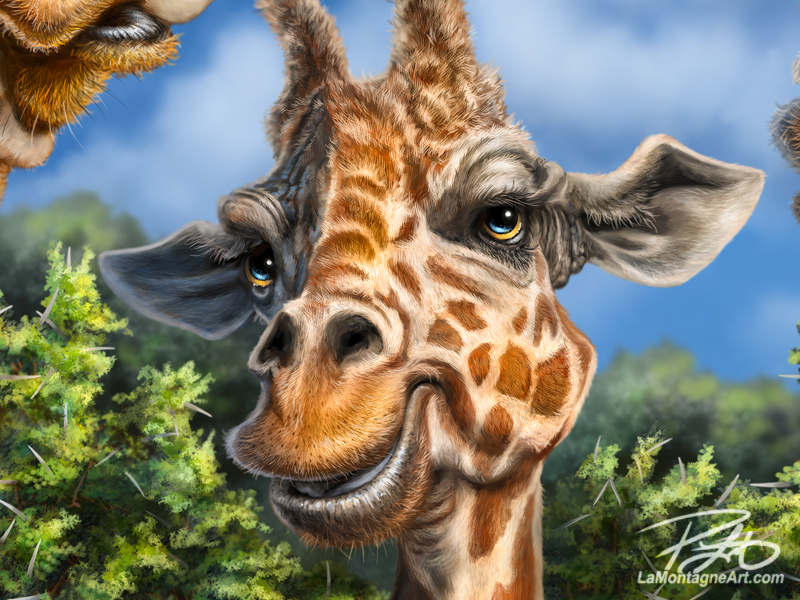 While I called it Long Neck Buds, someone could easily interpret them as two parents and a child. People often tell me what one of my paintings is ‘thinking’ or what their expression means, and I wouldn’t dream of contradicting them. If the art makes them feel something or triggers their imagination, that’s good enough for me.
While I called it Long Neck Buds, someone could easily interpret them as two parents and a child. People often tell me what one of my paintings is ‘thinking’ or what their expression means, and I wouldn’t dream of contradicting them. If the art makes them feel something or triggers their imagination, that’s good enough for me.
Cheers,
Patrick
P.S. A special thanks to my buddy, Derek Turcotte. I sent this to him near completion and asked for his critique. He’ll send me work-in-progress shots from time to time with the same request. It’s so helpful to have another professional artist look at a piece with fresh eyes, and offer advice to help make a painting better, especially when it’s asked for and answered without ego.
When you stare at a piece for hours, days, and weeks, it’s easy to miss something. I had initially painted too much contrast in the clouds, which distracted from the foreground detail. Once Derek mentioned it, and I made the changes, it was suddenly so obvious he was right.


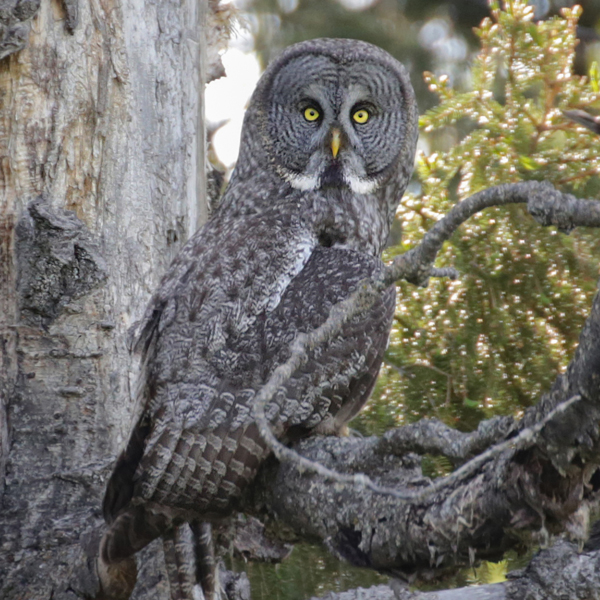
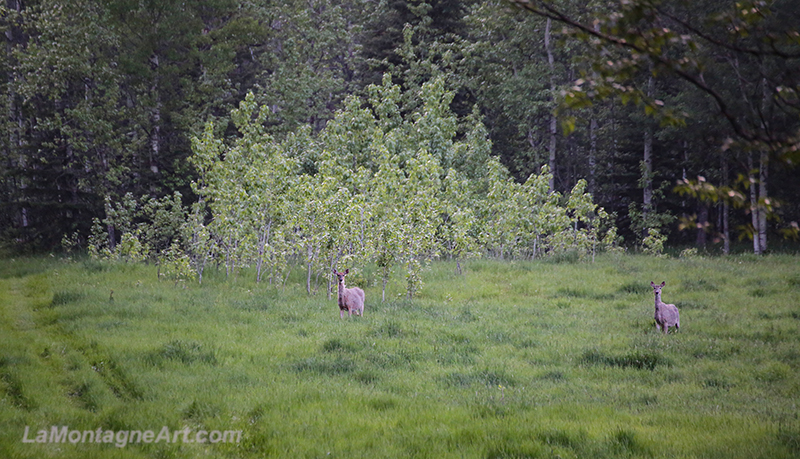 It’s a half section of land with lush green forest, pastures, a creek and lots of room to wander. There are plenty of birds, deer and coyotes. Every once in a while, you might spot a moose, beaver or a bear, and on one trip last fall, my buddy Darrel woke to a cougar walking right beside the deck.
It’s a half section of land with lush green forest, pastures, a creek and lots of room to wander. There are plenty of birds, deer and coyotes. Every once in a while, you might spot a moose, beaver or a bear, and on one trip last fall, my buddy Darrel woke to a cougar walking right beside the deck.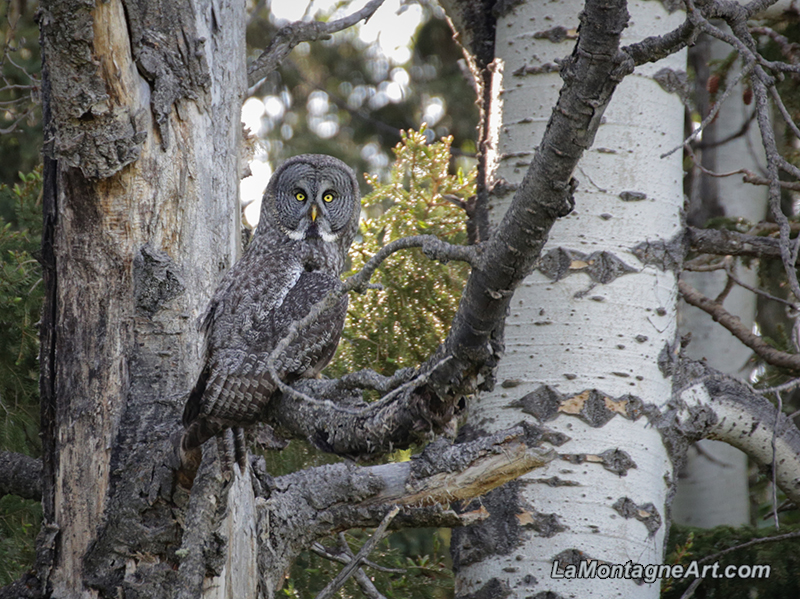 This past Saturday, however, I was delighted to see another great grey owl. This one wasn’t as enthused by my intrusion, but I still got some shots before it flew off into the trees. It wasn’t until I returned to the cabin and loaded the card onto my iPad that I realized the shots were much better than I had thought. Since they were all handheld at 300mm, I was surprised I got any that were even in focus, or close to focus, anyway.
This past Saturday, however, I was delighted to see another great grey owl. This one wasn’t as enthused by my intrusion, but I still got some shots before it flew off into the trees. It wasn’t until I returned to the cabin and loaded the card onto my iPad that I realized the shots were much better than I had thought. Since they were all handheld at 300mm, I was surprised I got any that were even in focus, or close to focus, anyway.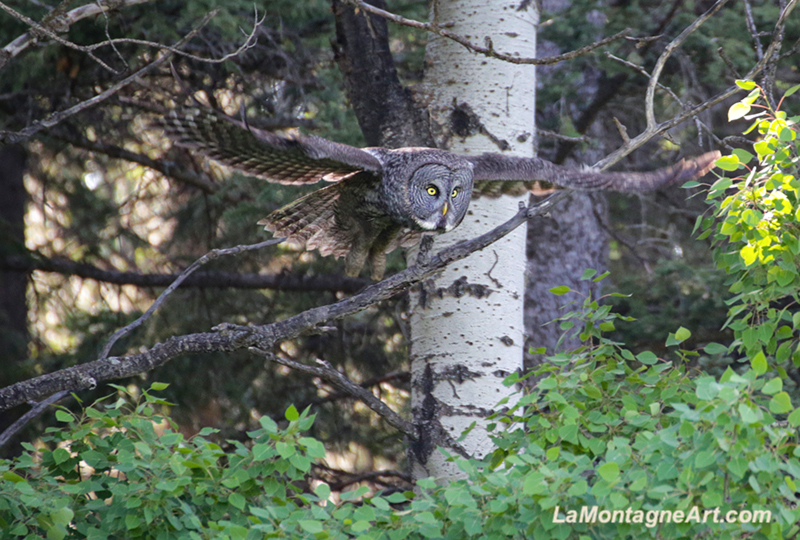 The great thing about taking photos for painting reference is that if they’re a little out of focus or the lighting isn’t ideal, I’ll still keep plenty of shots a professional photographer would throw away. What’s not worth printing to them, could be a perfect reference shot for me.
The great thing about taking photos for painting reference is that if they’re a little out of focus or the lighting isn’t ideal, I’ll still keep plenty of shots a professional photographer would throw away. What’s not worth printing to them, could be a perfect reference shot for me.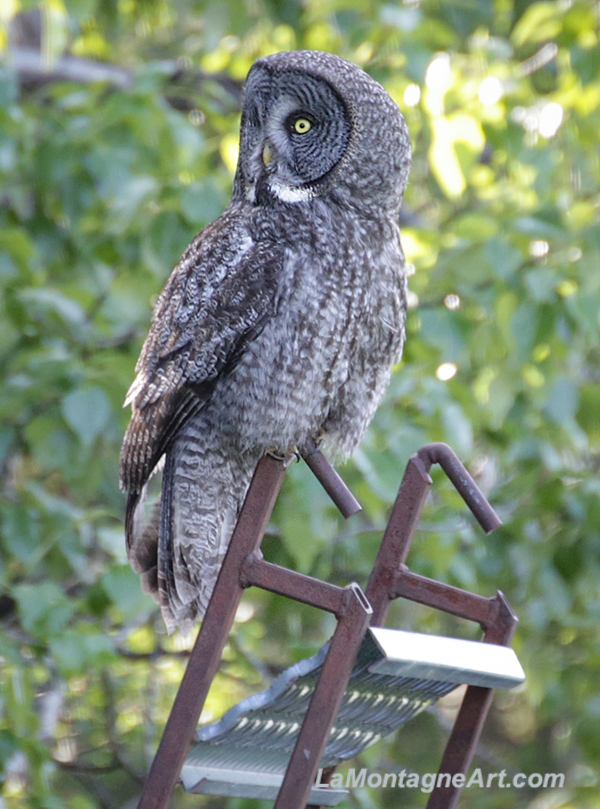 The couple we rent from have become friends over the last five years, so they’ll often join us for a couple of drinks in the evenings. I mentioned that it bothers me that I’m nervous around horses. I want to be more comfortable with them, as I know they’re able to sense it when a person is uneasy.
The couple we rent from have become friends over the last five years, so they’ll often join us for a couple of drinks in the evenings. I mentioned that it bothers me that I’m nervous around horses. I want to be more comfortable with them, as I know they’re able to sense it when a person is uneasy.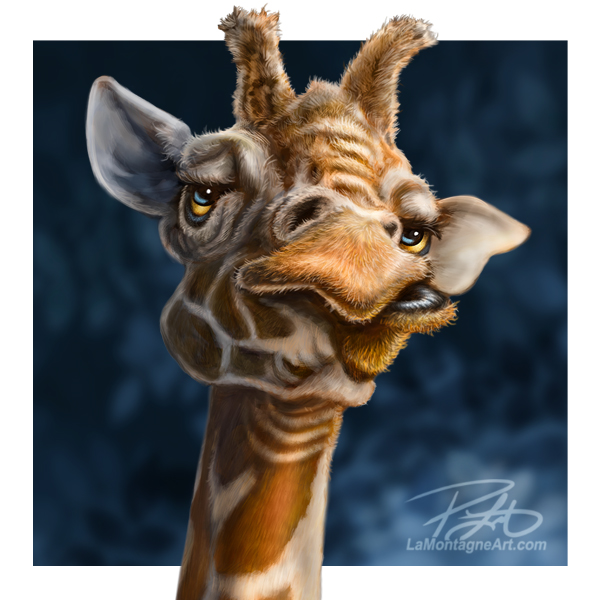

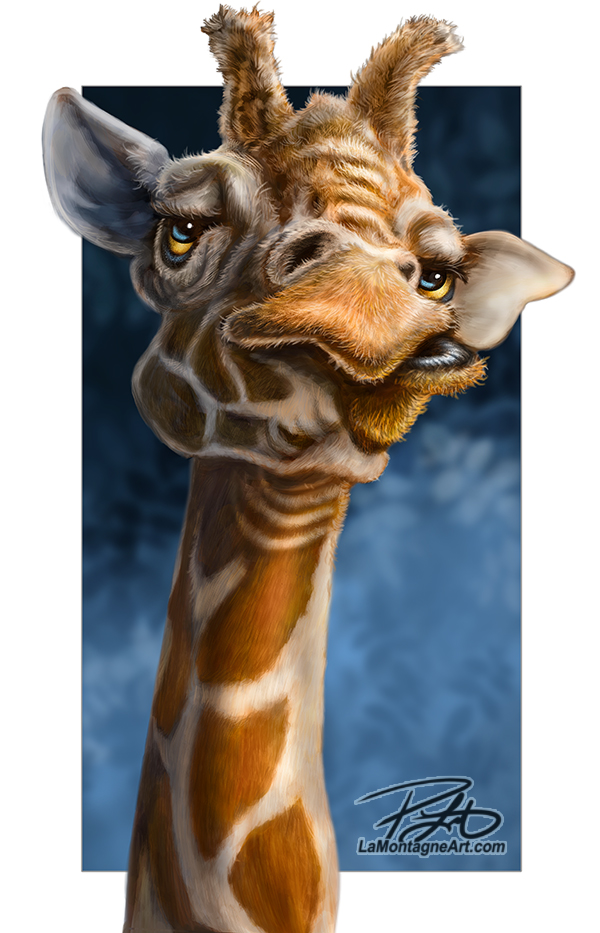
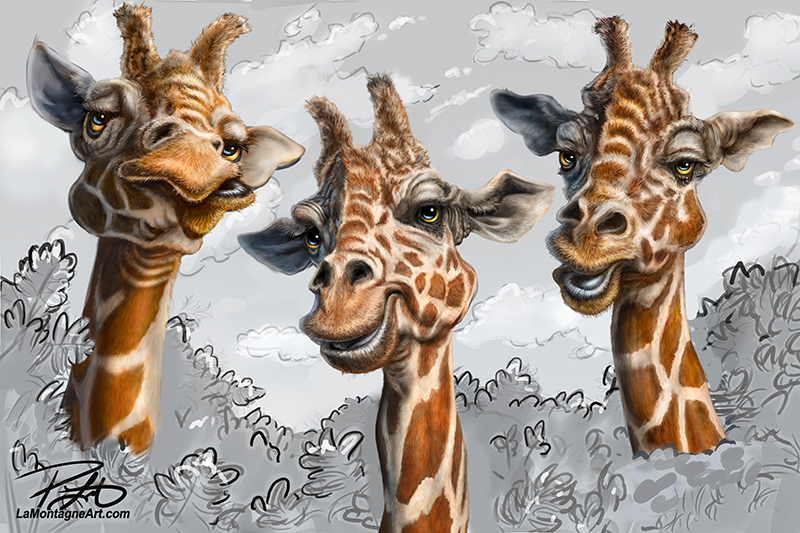 I have a few ideas on how best to do it, including creating a new brush for the task, but with no deadline, I have time to experiment.
I have a few ideas on how best to do it, including creating a new brush for the task, but with no deadline, I have time to experiment.
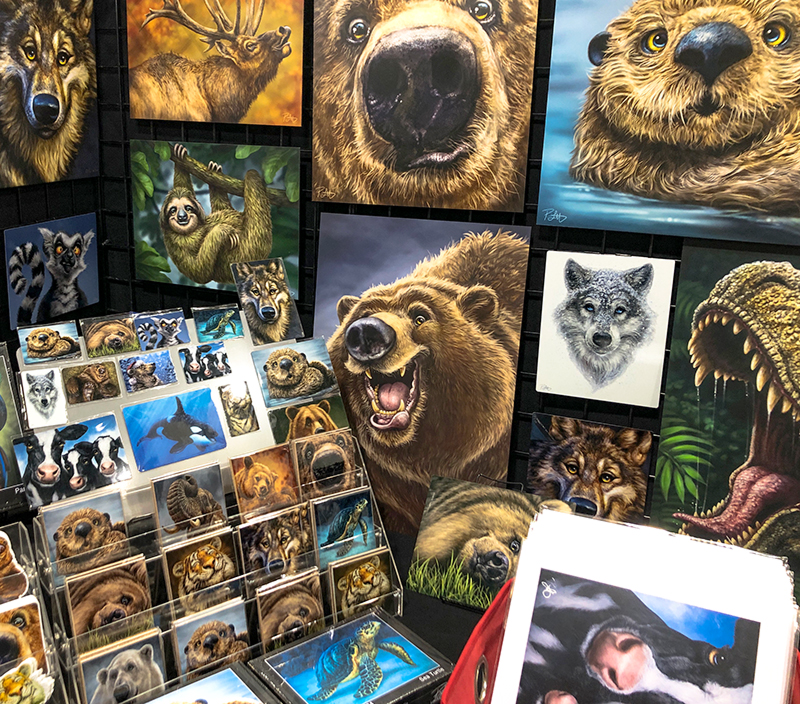 It’s been a busy week of post-show inventory, filling custom orders, drawing editorial cartoons and stowing my stock and booth hardware, but that’s normal after my biggest event of the year.
It’s been a busy week of post-show inventory, filling custom orders, drawing editorial cartoons and stowing my stock and booth hardware, but that’s normal after my biggest event of the year.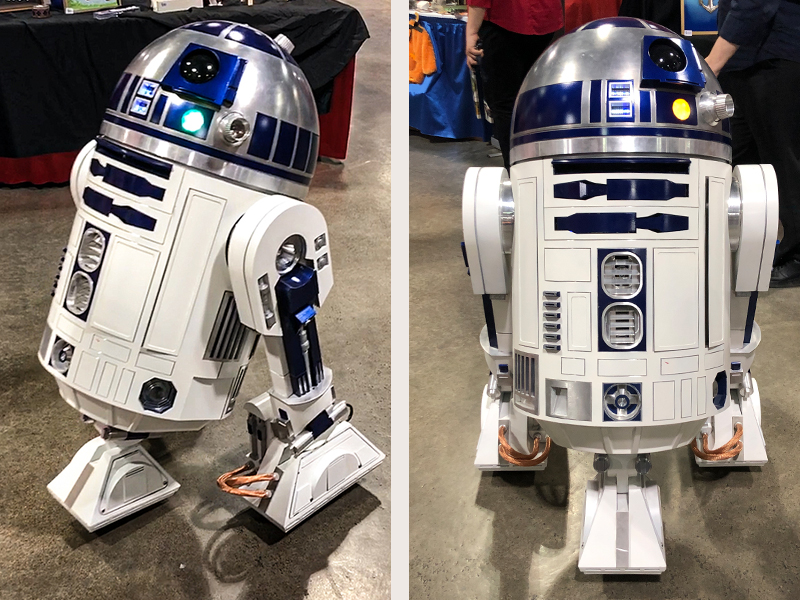 It still pushes the childhood buttons when a fully functional R2-D2 glides by my booth. With a rotating head, lights, whistles and sound effects, panels that open and close, and full mobility, it looks and behaves like the real thing. I even know the guy who manufactured it; I used to work for him years ago in Canmore. So I know he’s running it by remote control from about ten feet away, that it’s all mechanical gears, parts, and wires. But the illusion that it’s the beloved movie character is strong.
It still pushes the childhood buttons when a fully functional R2-D2 glides by my booth. With a rotating head, lights, whistles and sound effects, panels that open and close, and full mobility, it looks and behaves like the real thing. I even know the guy who manufactured it; I used to work for him years ago in Canmore. So I know he’s running it by remote control from about ten feet away, that it’s all mechanical gears, parts, and wires. But the illusion that it’s the beloved movie character is strong.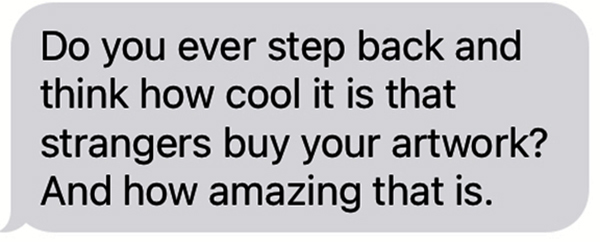
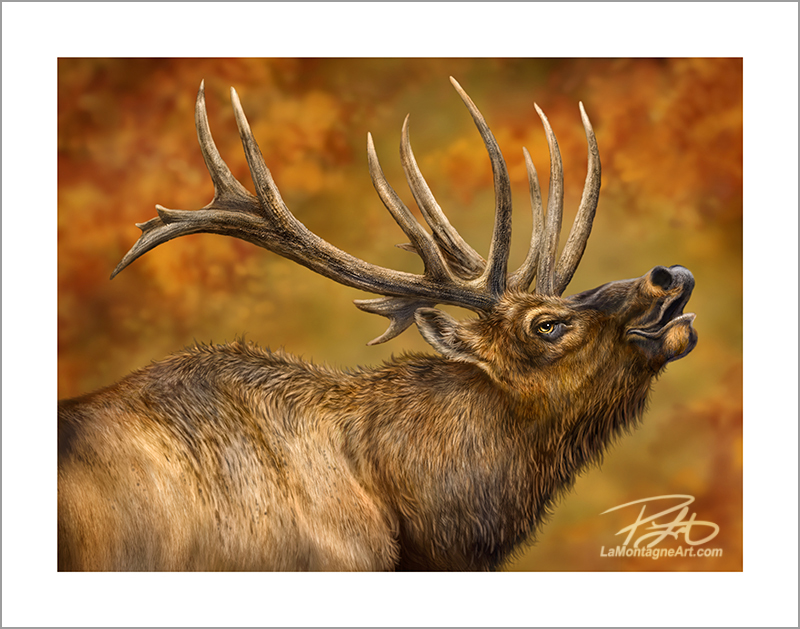 Several folks stopped by to tell me that their friend or family member couldn’t make it to Expo this year, but they wanted them to say Hello for them.
Several folks stopped by to tell me that their friend or family member couldn’t make it to Expo this year, but they wanted them to say Hello for them.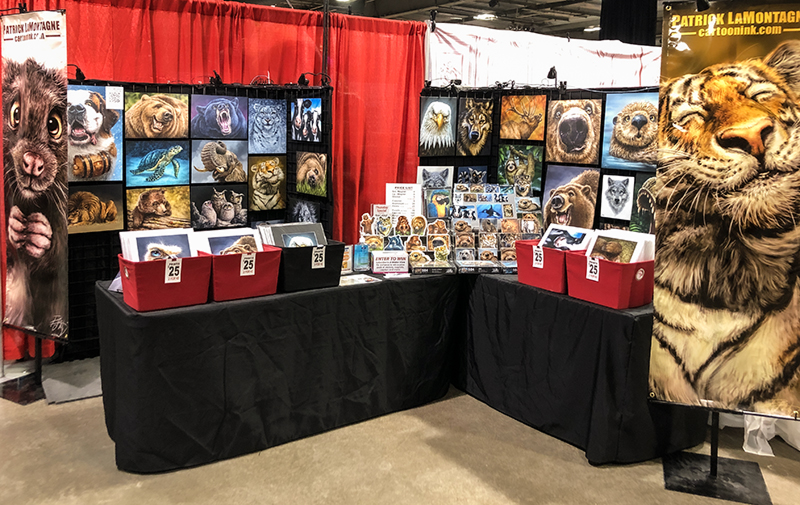 People walk by the booth, their eyes scan the art walls, and they smile. Then they nudge whoever they’re with and point, and the smile infects that person, too. I’ve talked about this before, but it’s like a drug. I can’t get enough of it.
People walk by the booth, their eyes scan the art walls, and they smile. Then they nudge whoever they’re with and point, and the smile infects that person, too. I’ve talked about this before, but it’s like a drug. I can’t get enough of it.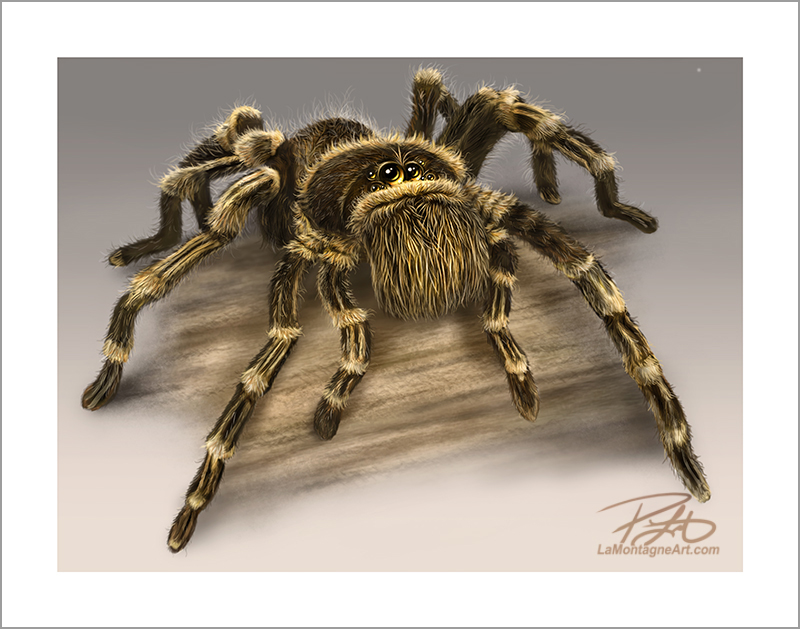 And, of course, it wouldn’t be Expo without a well-meaning follower reminding me that I am long overdue on my promise of a book. Imposter syndrome, perfectionism, I don’t know what my problem is there. My failure to launch bothers me more than anybody else. But the push is well deserved, Kim! Thank you for that.
And, of course, it wouldn’t be Expo without a well-meaning follower reminding me that I am long overdue on my promise of a book. Imposter syndrome, perfectionism, I don’t know what my problem is there. My failure to launch bothers me more than anybody else. But the push is well deserved, Kim! Thank you for that.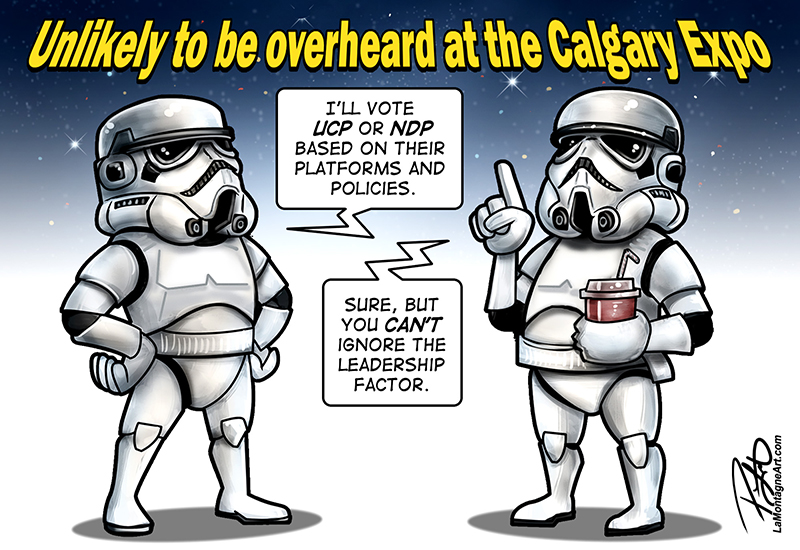
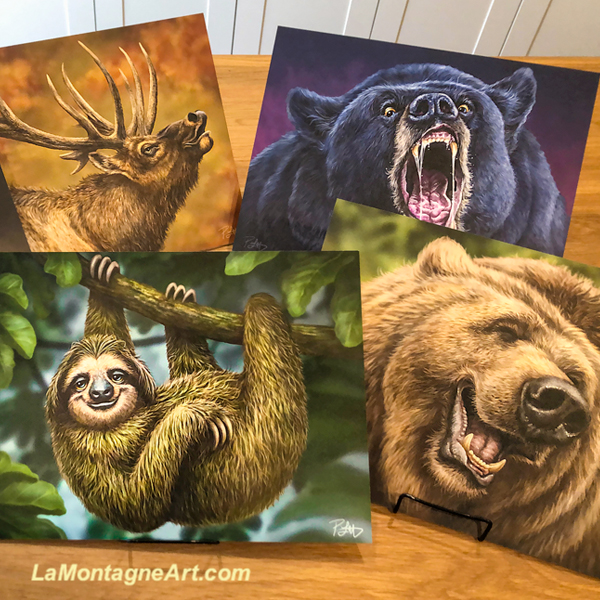
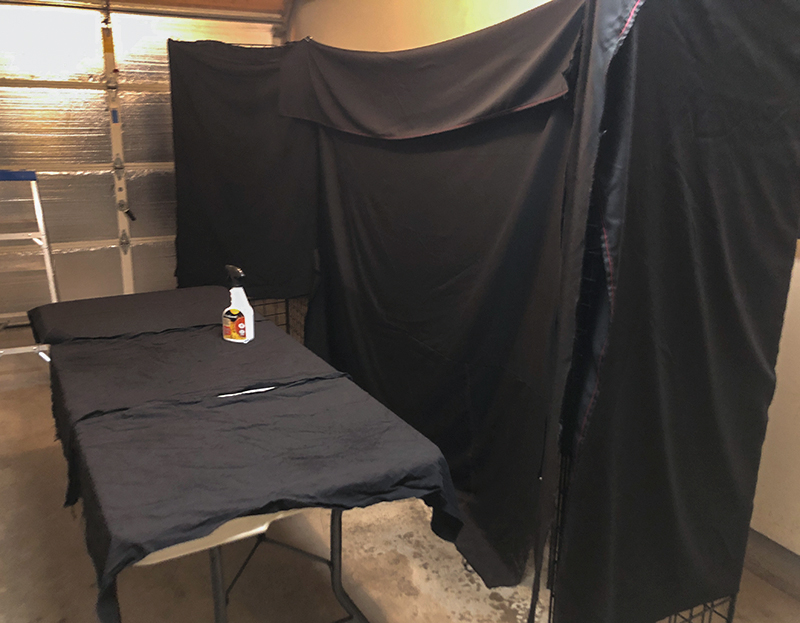 They forewarn vendors about the regulations and that the Fire Marshal is on scene at this event, so better safe than sorry. Last year they stopped at my booth and asked if my lights were halogen. Thankfully, I was using LED bulbs.
They forewarn vendors about the regulations and that the Fire Marshal is on scene at this event, so better safe than sorry. Last year they stopped at my booth and asked if my lights were halogen. Thankfully, I was using LED bulbs.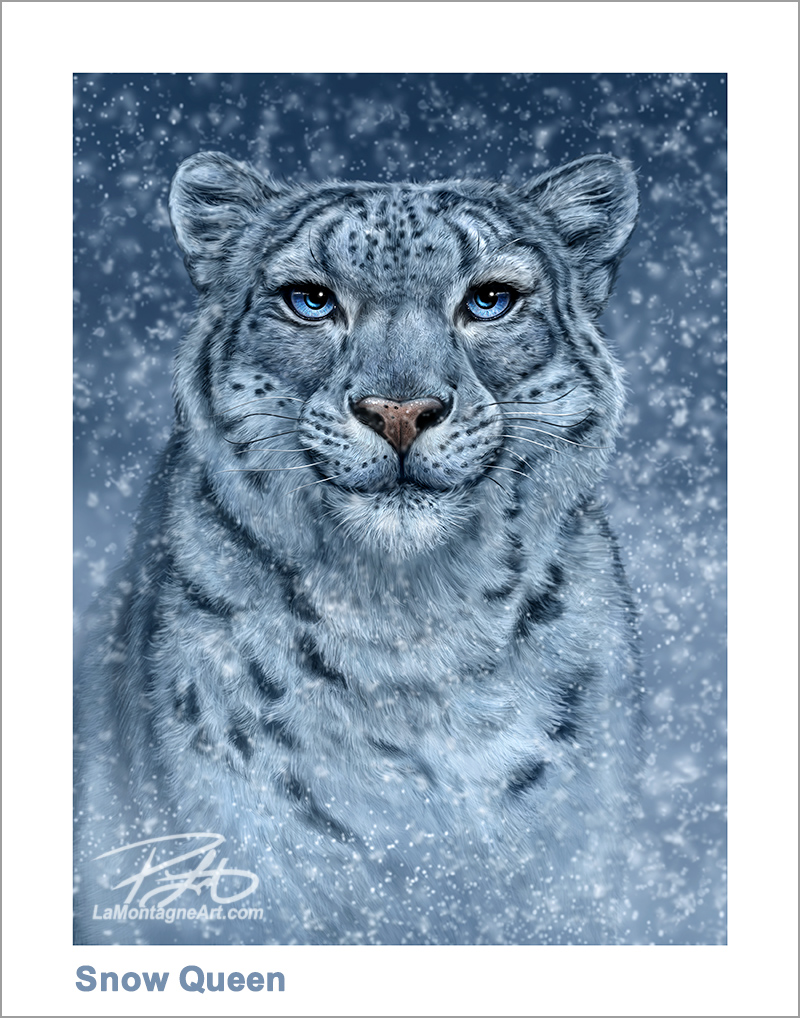
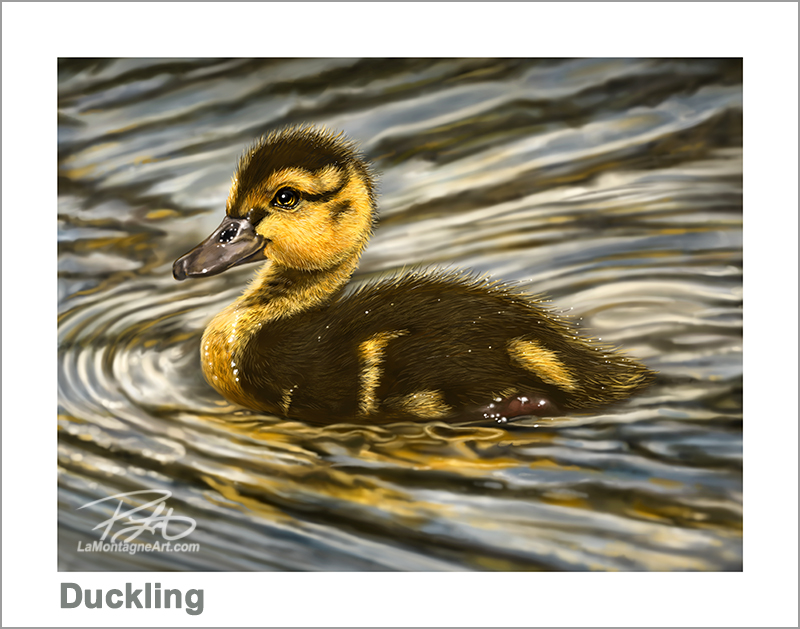
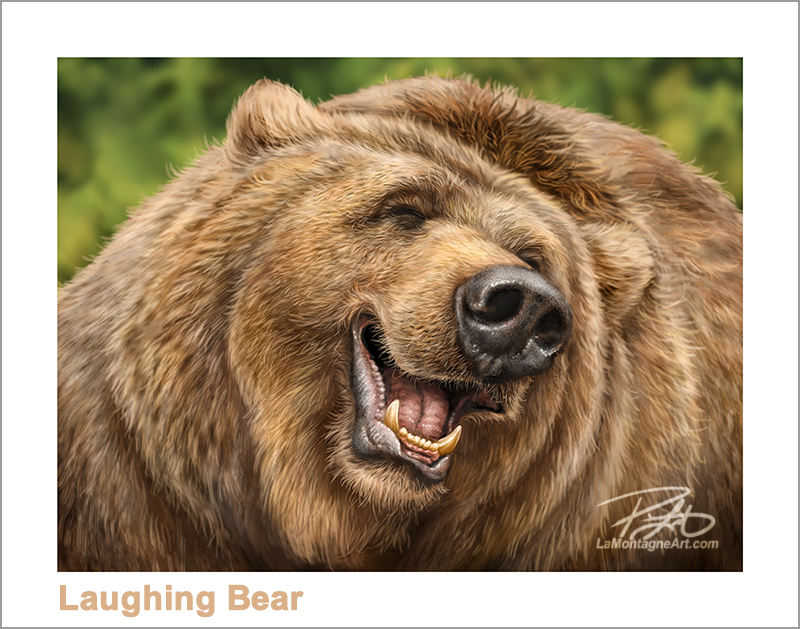
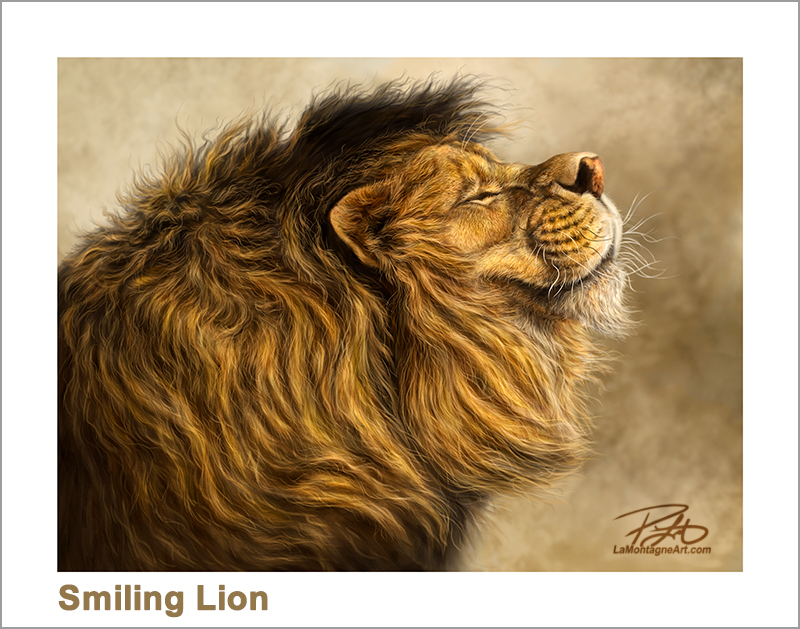
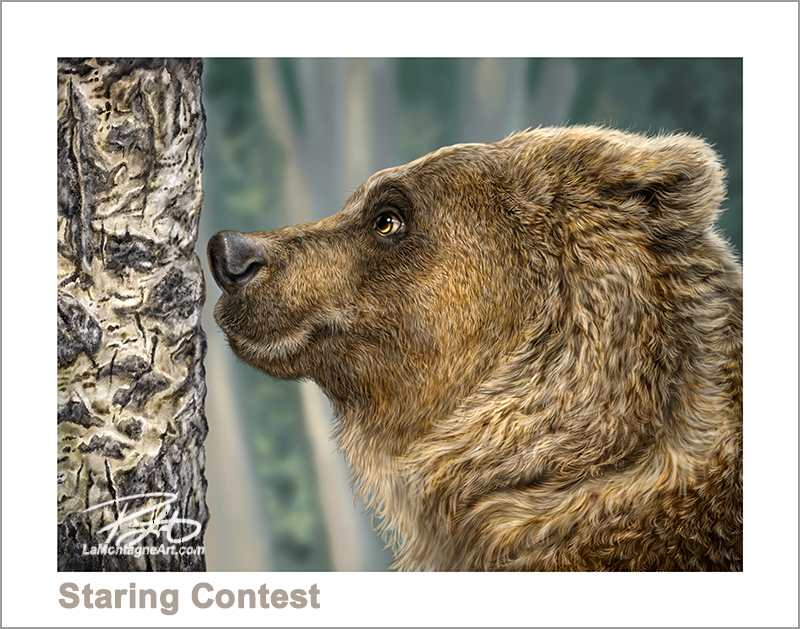
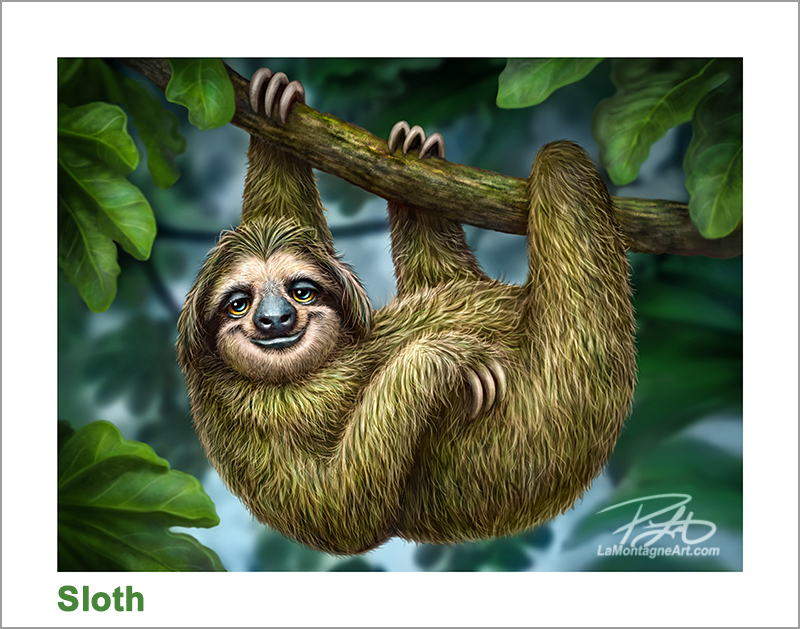

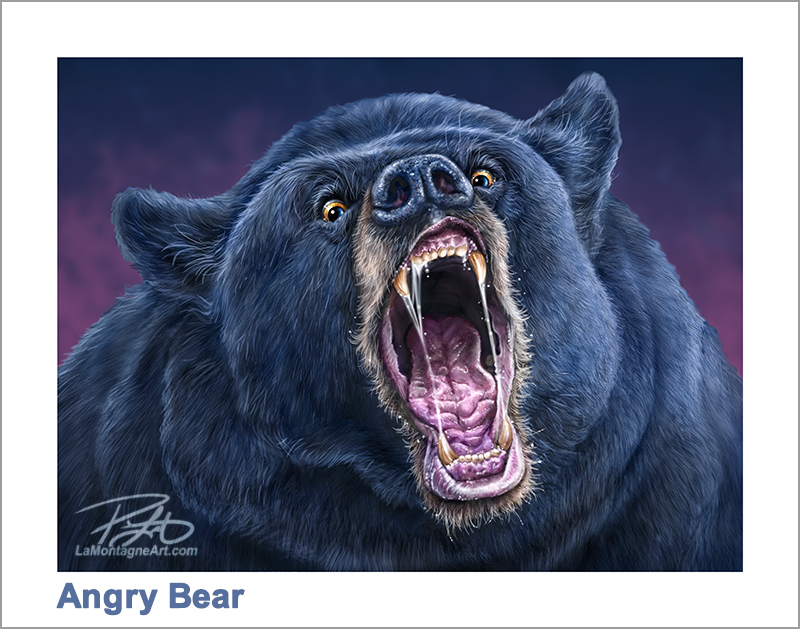 For many of my paintings, it takes some settling time after I complete them before I know if I really like them. Of these most recent paintings, I realized that Bugle Boy, my painting of a bull elk, might be a personal favourite. I don’t know if it’s the texture I painted in his rack, the personality or the colour, but I loved seeing this piece in print, and I hadn’t expected that.
For many of my paintings, it takes some settling time after I complete them before I know if I really like them. Of these most recent paintings, I realized that Bugle Boy, my painting of a bull elk, might be a personal favourite. I don’t know if it’s the texture I painted in his rack, the personality or the colour, but I loved seeing this piece in print, and I hadn’t expected that.
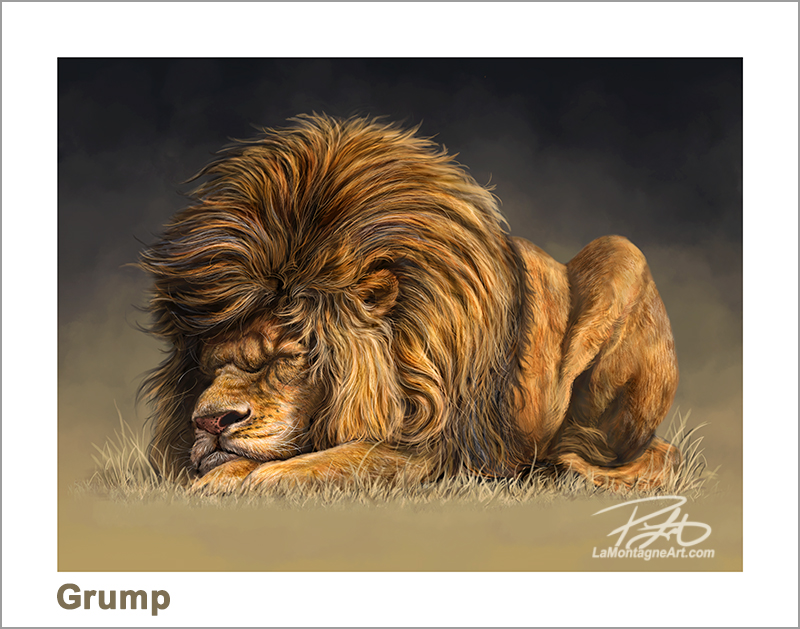
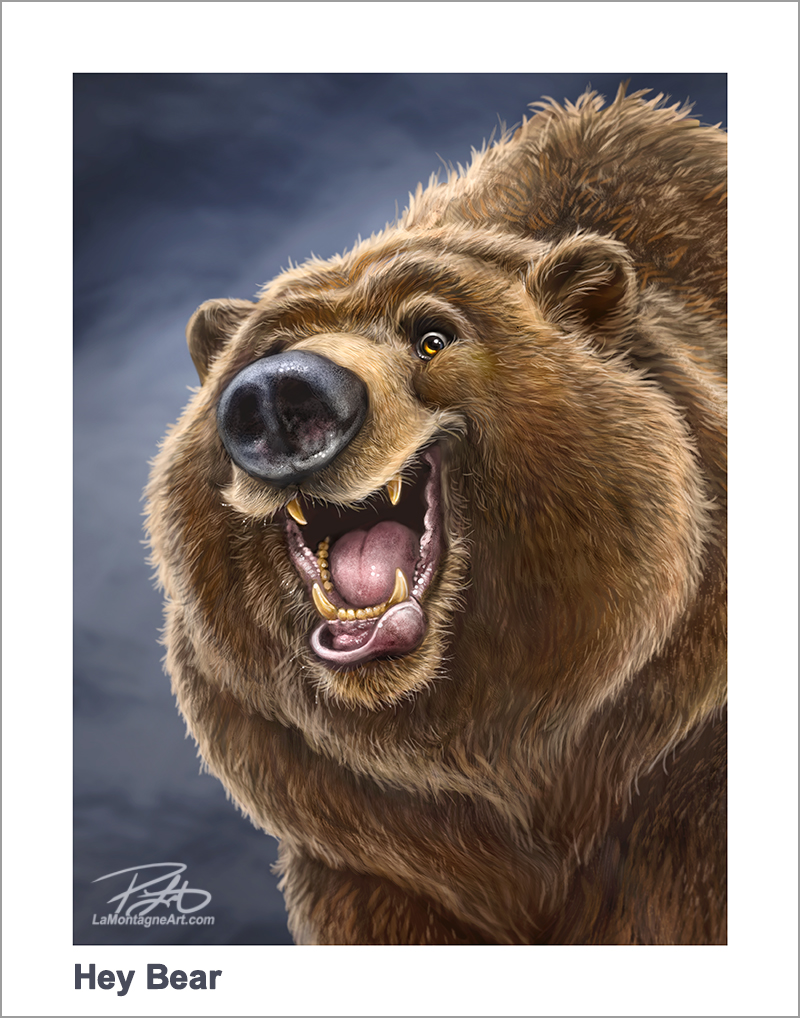
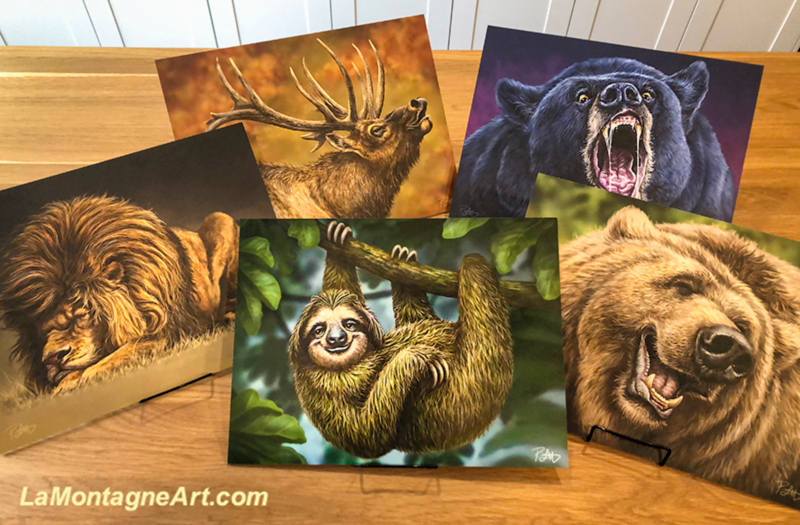 Many people buy four-day passes for this show, but others come for only one day. Saturday is the leader when it comes to crowd volume and sales. All four days are usually good, but I’m trying out some daily specials for the other three this year.
Many people buy four-day passes for this show, but others come for only one day. Saturday is the leader when it comes to crowd volume and sales. All four days are usually good, but I’m trying out some daily specials for the other three this year.
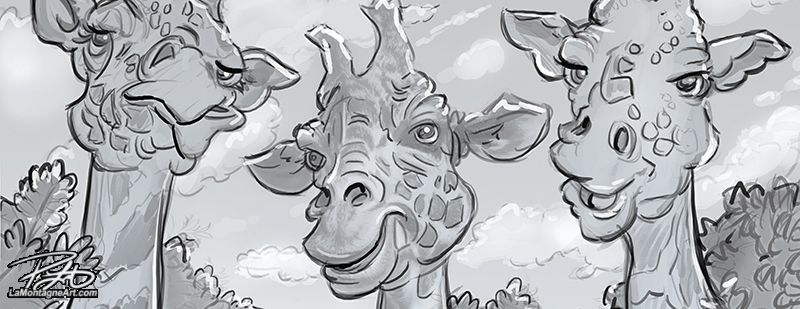
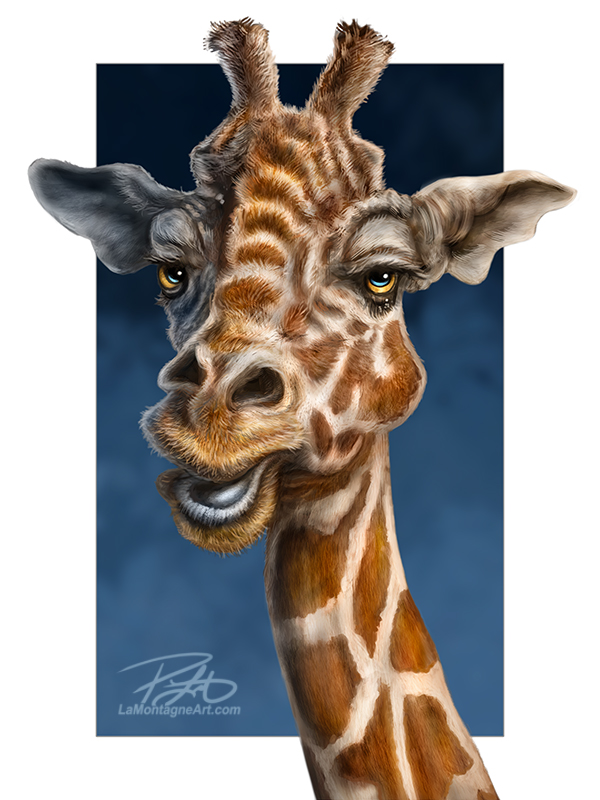 The challenge with this piece is to make each character different from the others but with the same level of detail and colour palette.
The challenge with this piece is to make each character different from the others but with the same level of detail and colour palette.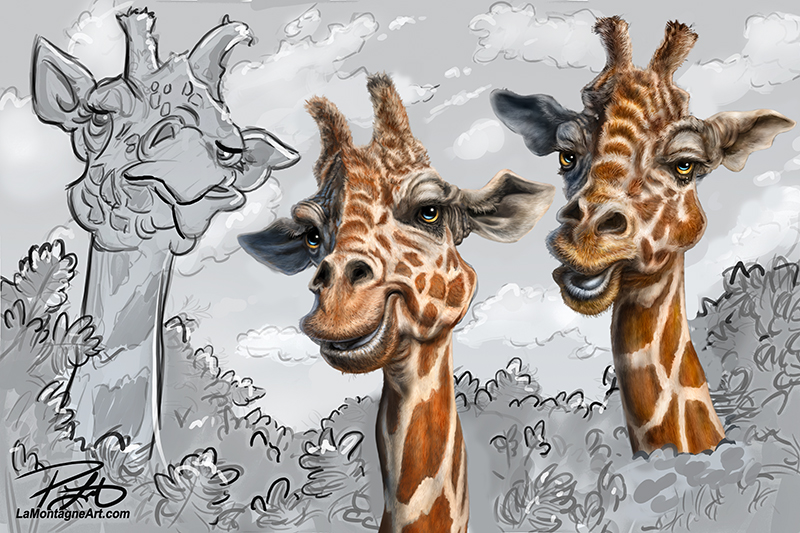
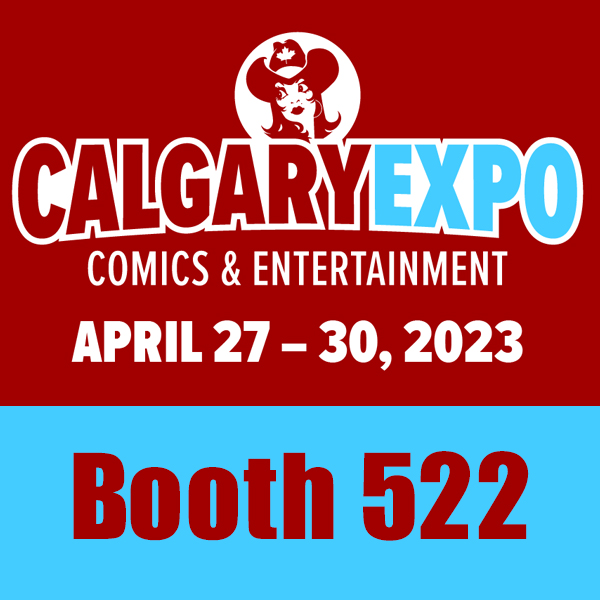
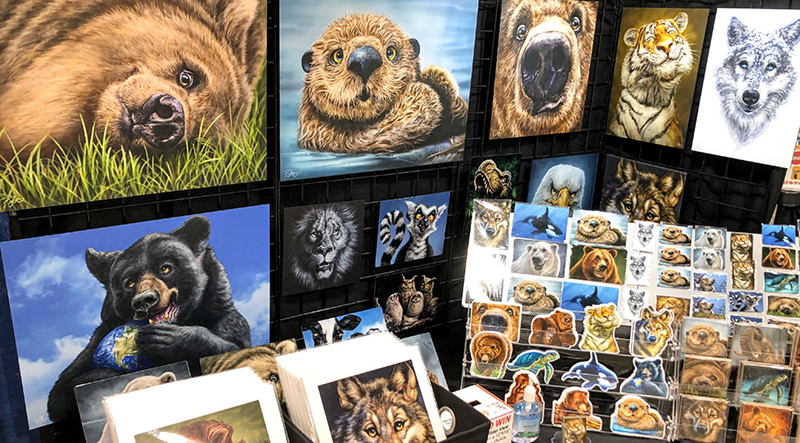 If you’ve followed my work for a long time (hey, thank you!), you’ll know how much I look forward to the
If you’ve followed my work for a long time (hey, thank you!), you’ll know how much I look forward to the 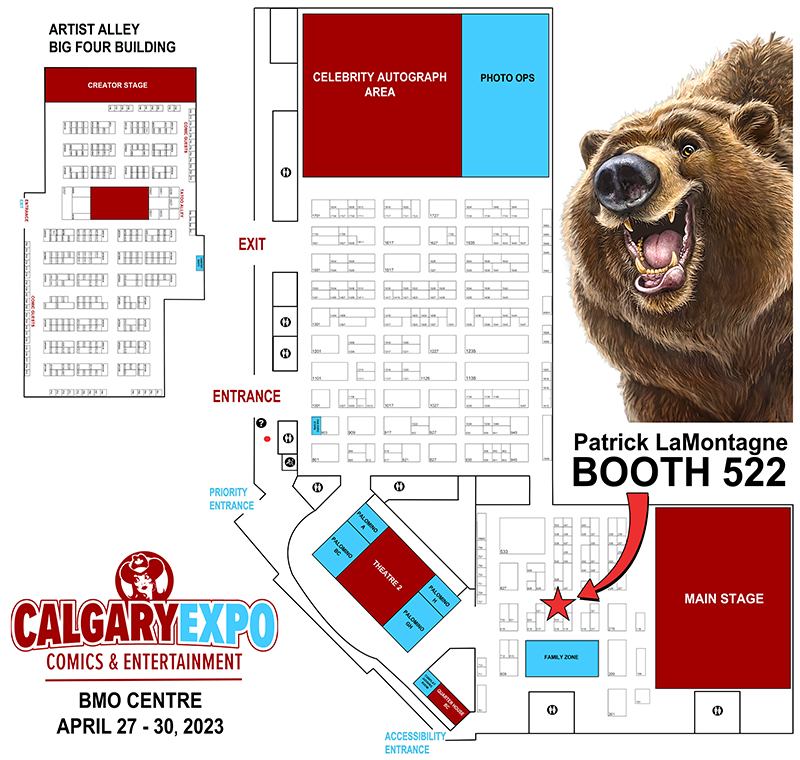
 I redesigned my booth last year and it worked so well for me, that I’m making no changes, except that I have invested in new lighting this year. As there was a pillar behind me, rather than another booth, I was able to expand a couple of feet. But I’ve got vendors right up against me on both sides this year, so I’ll have to stick to my 10’x10’ footprint.
I redesigned my booth last year and it worked so well for me, that I’m making no changes, except that I have invested in new lighting this year. As there was a pillar behind me, rather than another booth, I was able to expand a couple of feet. But I’ve got vendors right up against me on both sides this year, so I’ll have to stick to my 10’x10’ footprint.
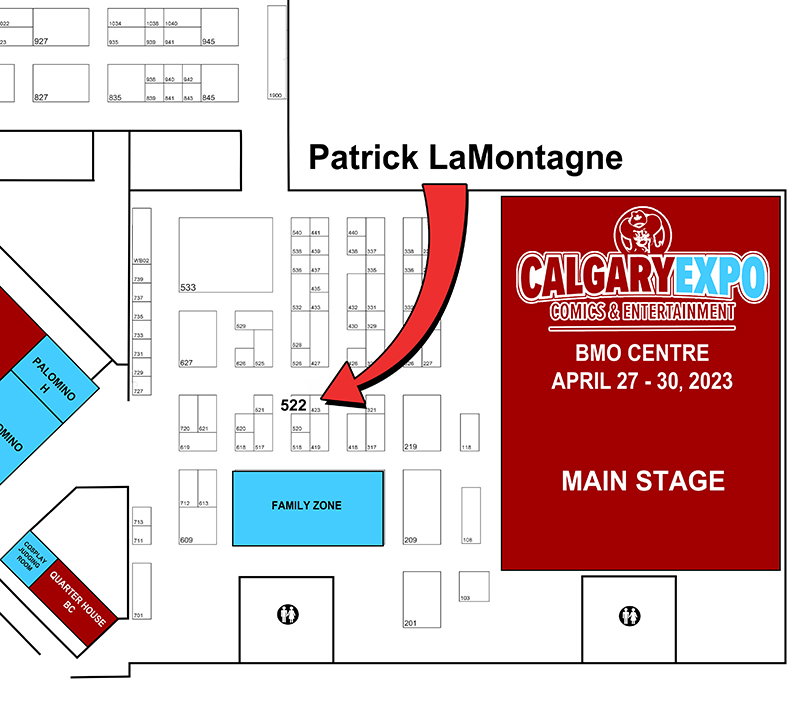
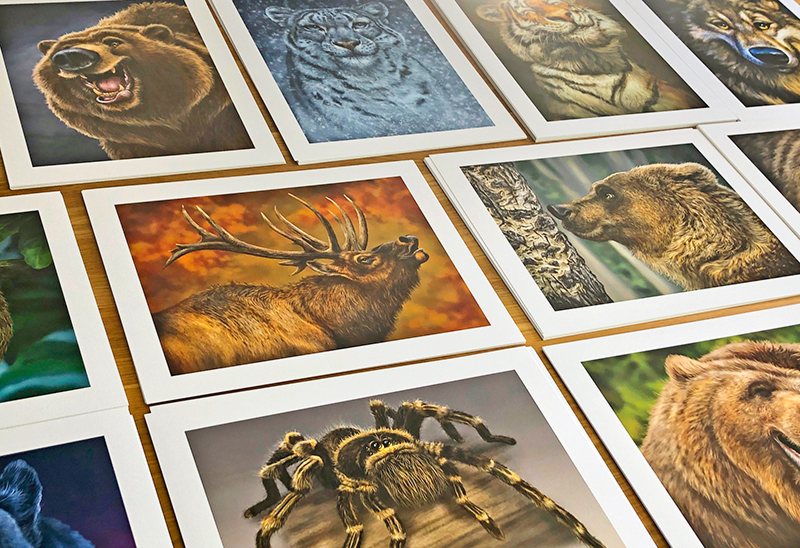

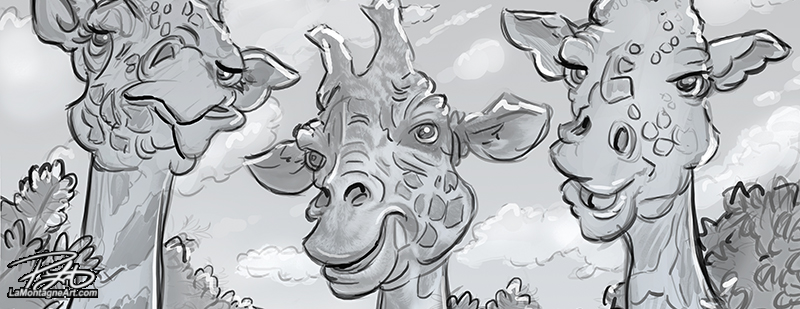 In 2008, I hosted the Canadian Editorial Cartoonists Conference in Banff. Several industry veterans who attended came up in a culture where busy unionized daily newspapers hired editorial cartoonists for impressive salaries, benefits, and pensions. I began my career at the end of all that.
In 2008, I hosted the Canadian Editorial Cartoonists Conference in Banff. Several industry veterans who attended came up in a culture where busy unionized daily newspapers hired editorial cartoonists for impressive salaries, benefits, and pensions. I began my career at the end of all that.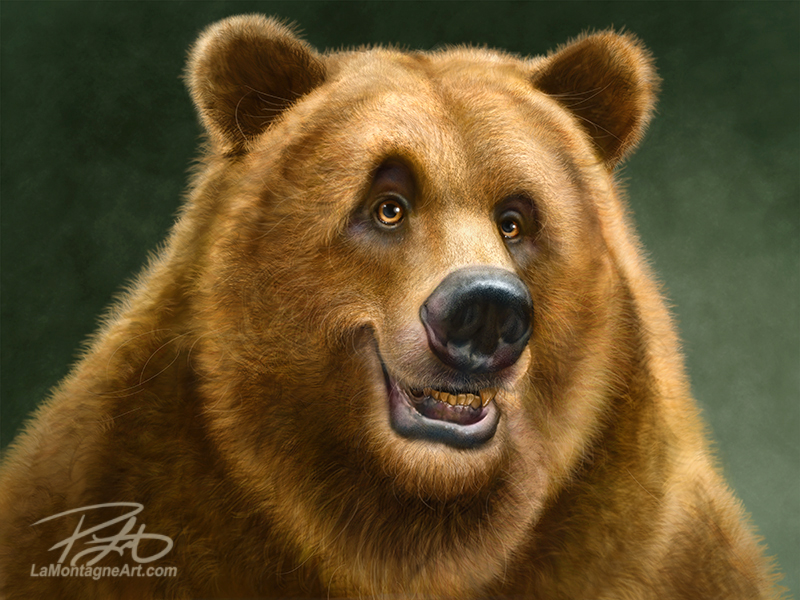
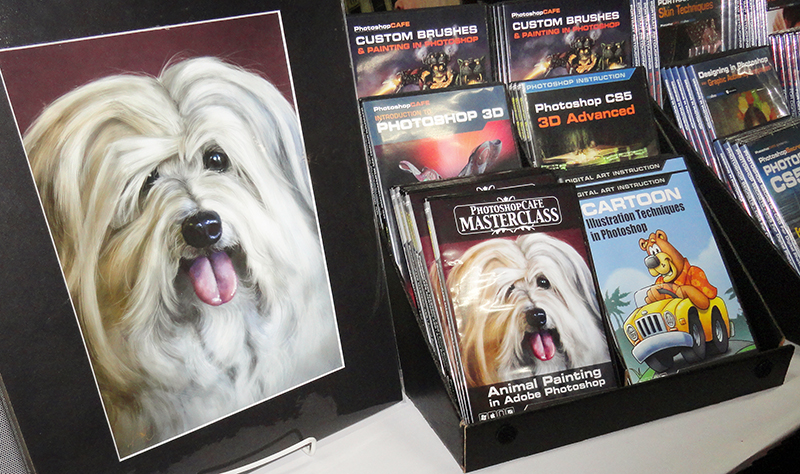 Eventually, social media killed the forum, and the organization rebranded. As a result, NAPP no longer exists, and the Photoshop World conference is a ghost of its former self.
Eventually, social media killed the forum, and the organization rebranded. As a result, NAPP no longer exists, and the Photoshop World conference is a ghost of its former self.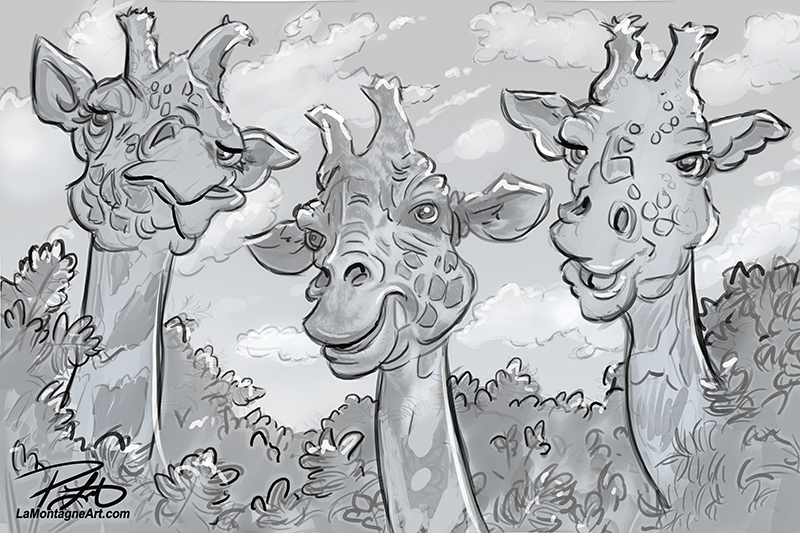 I’ve taken a new approach with the trio of giraffes, already titled “Long Neck Buds.” I don’t know if it will work the way I imagine it, but if it does, it will be the first of several I plan to paint this way.
I’ve taken a new approach with the trio of giraffes, already titled “Long Neck Buds.” I don’t know if it will work the way I imagine it, but if it does, it will be the first of several I plan to paint this way.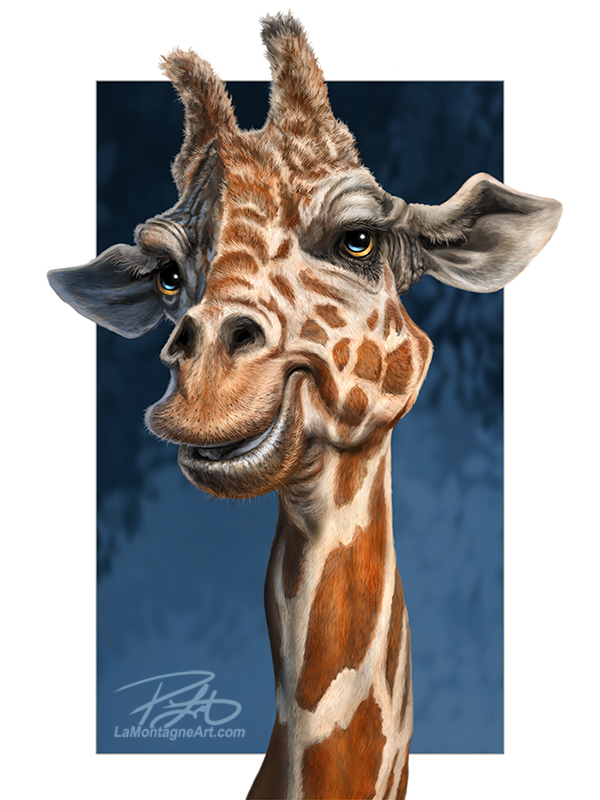 I’m a commercial artist, it’s how I make my living. I don’t pretend otherwise. But this is also supposed to be fun. I want to paint more detailed and elaborate images I’ll enjoy while also leaving options open for clients and licenses with different needs.
I’m a commercial artist, it’s how I make my living. I don’t pretend otherwise. But this is also supposed to be fun. I want to paint more detailed and elaborate images I’ll enjoy while also leaving options open for clients and licenses with different needs.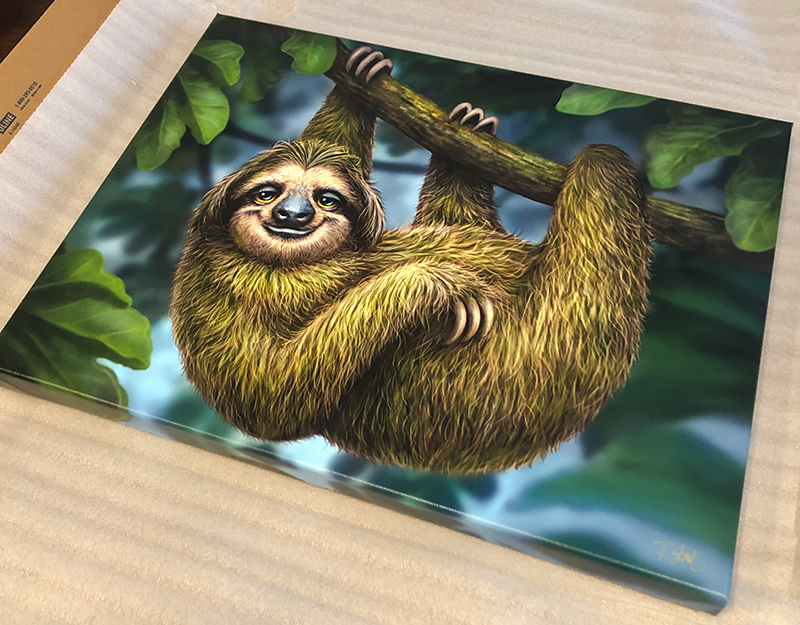
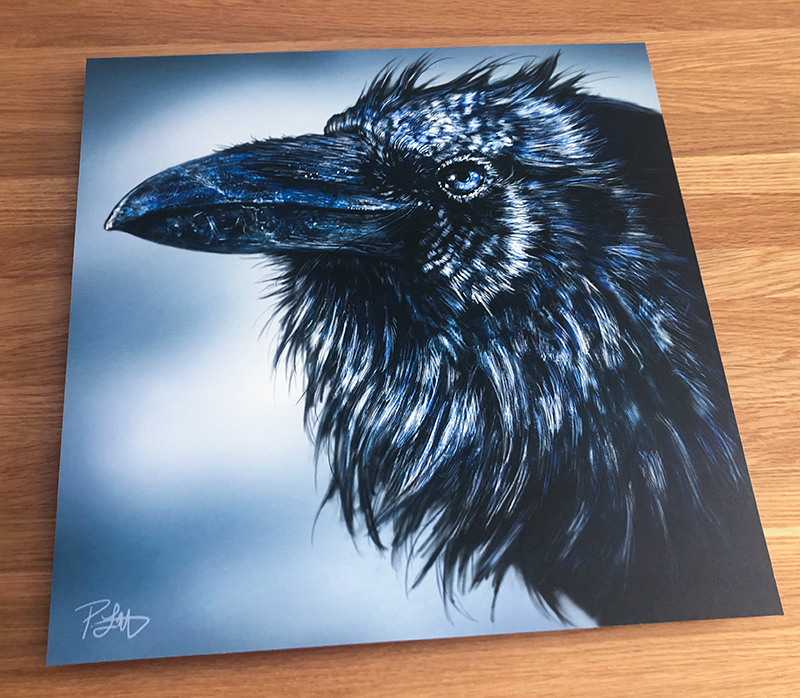

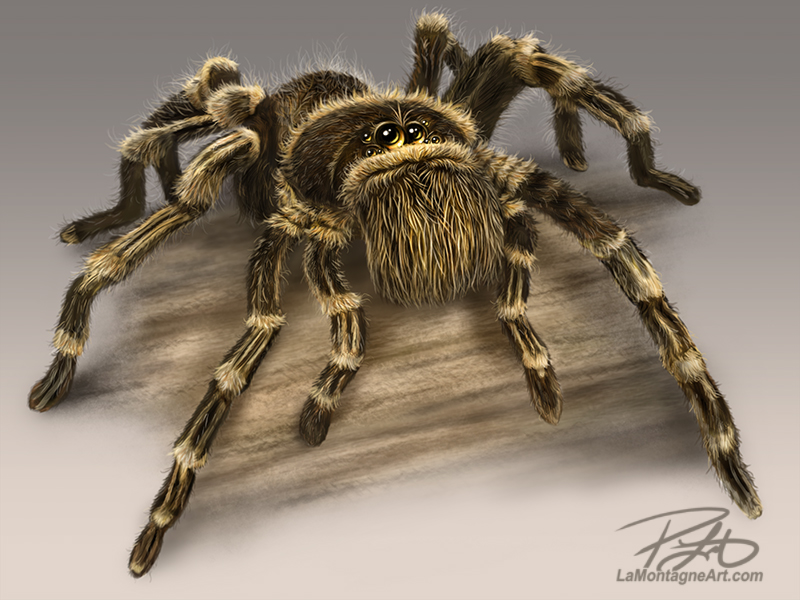 One evening when Shonna and I were first dating, we watched the fun comedy horror movie Arachnophobia with her mom and stepfather. The movie over, I sat in front of the TV to rewind and remove the rented VHS tape. Yes, it was a long, long time ago.
One evening when Shonna and I were first dating, we watched the fun comedy horror movie Arachnophobia with her mom and stepfather. The movie over, I sat in front of the TV to rewind and remove the rented VHS tape. Yes, it was a long, long time ago.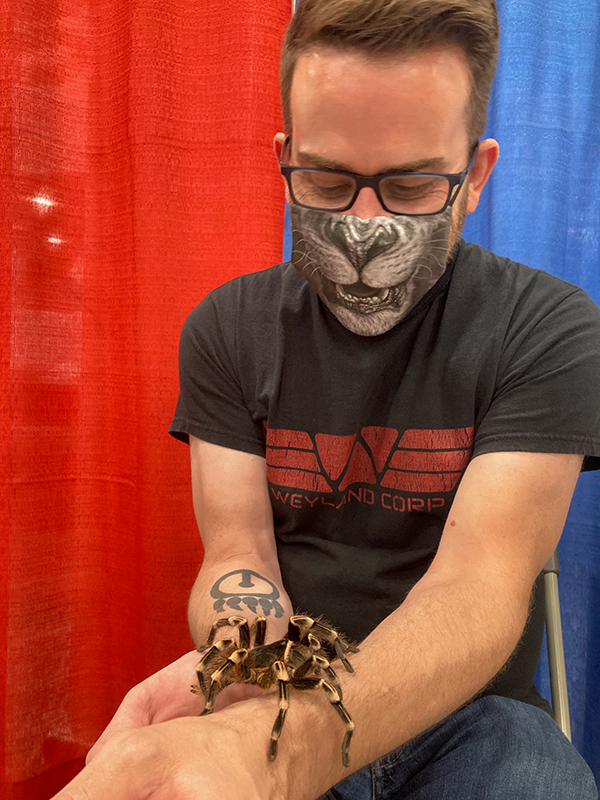 Derek took some photos for me, and I’ve wanted to paint this tarantula ever since, though I doubt it will be a popular print. I just wanted to try it.
Derek took some photos for me, and I’ve wanted to paint this tarantula ever since, though I doubt it will be a popular print. I just wanted to try it.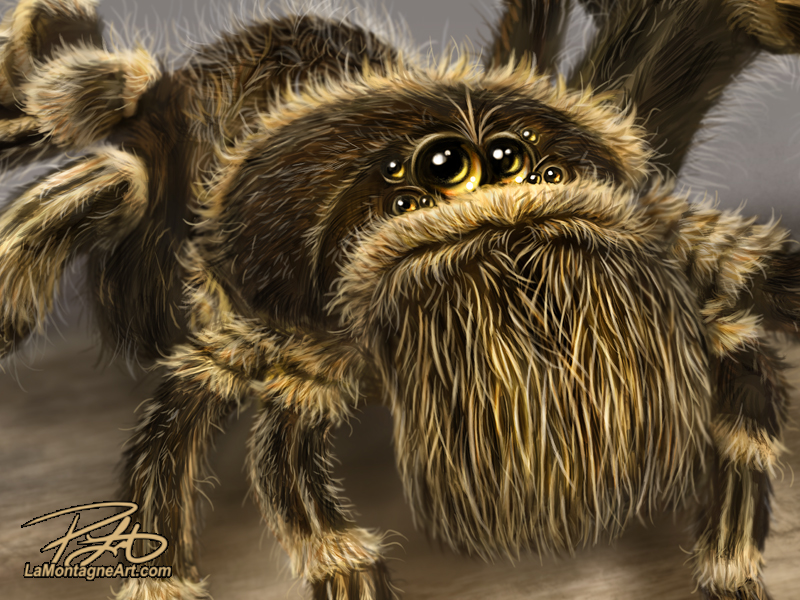 And yet, the natural features below his eyes suggested a moustache and maybe the illusion of a mouth. Humans are geared to see patterns. It’s called
And yet, the natural features below his eyes suggested a moustache and maybe the illusion of a mouth. Humans are geared to see patterns. It’s called 
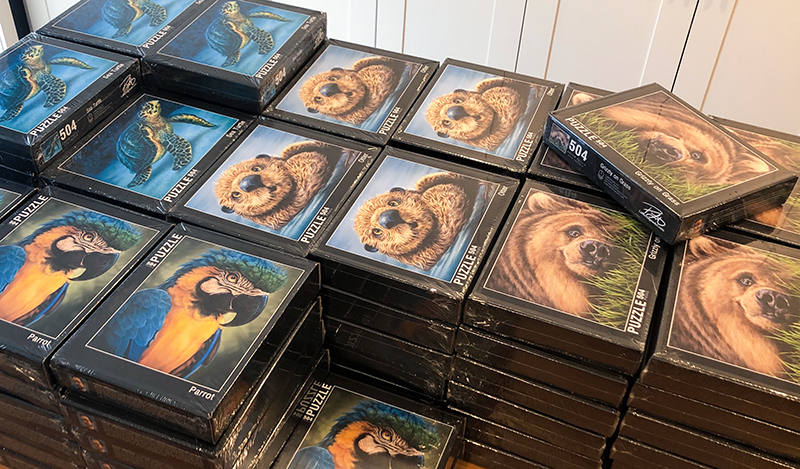 My first puzzle order from the manufacturer was bigger than planned because I sold more in the preorder than expected.
My first puzzle order from the manufacturer was bigger than planned because I sold more in the preorder than expected.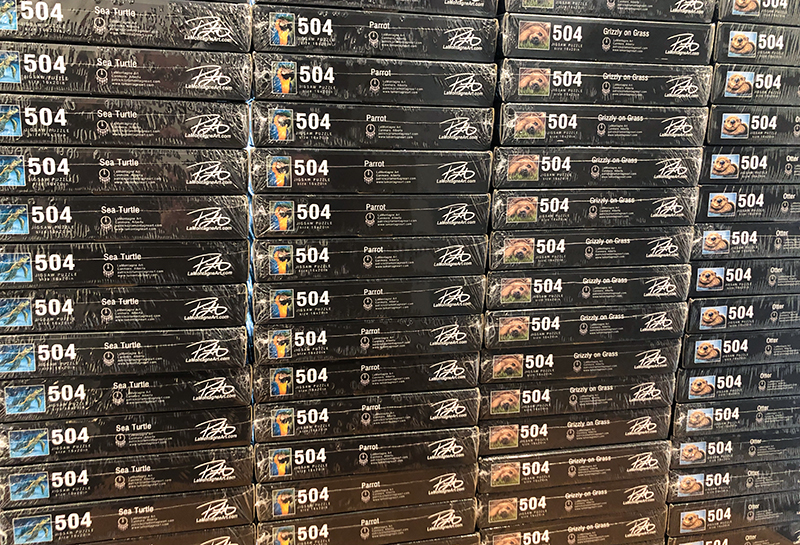 This whole experience was a lot of fun. First, Shonna and I enjoyed assembling the test puzzle over the holidays. Then, polling my subscribers to vote for their favourites so I could choose my first four puzzle designs worked out great. Then there was the back and forth with the manufacturer to finalize the design, and each new rendering was a gift.
This whole experience was a lot of fun. First, Shonna and I enjoyed assembling the test puzzle over the holidays. Then, polling my subscribers to vote for their favourites so I could choose my first four puzzle designs worked out great. Then there was the back and forth with the manufacturer to finalize the design, and each new rendering was a gift.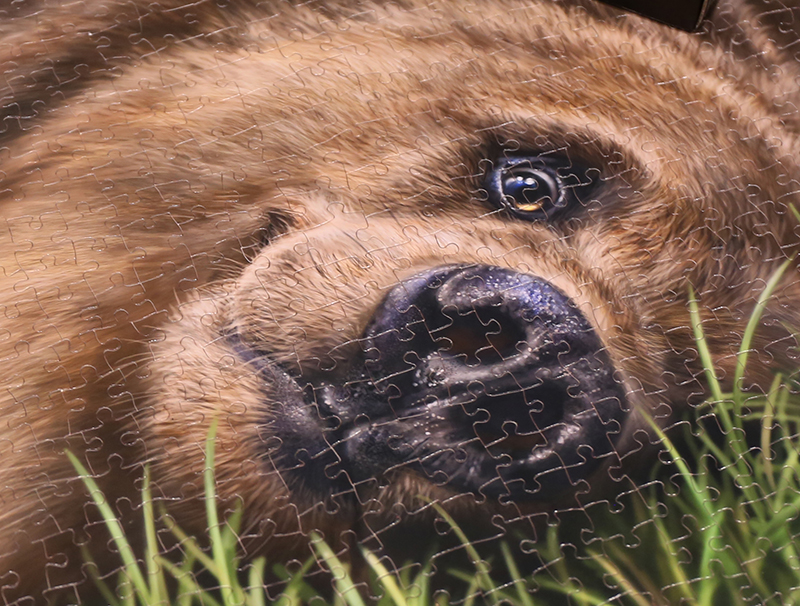 Though I won’t be assembling another one myself right now, feel free to share your own fun with me. I would love to see your puzzles in progress and hear your feedback.
Though I won’t be assembling another one myself right now, feel free to share your own fun with me. I would love to see your puzzles in progress and hear your feedback.